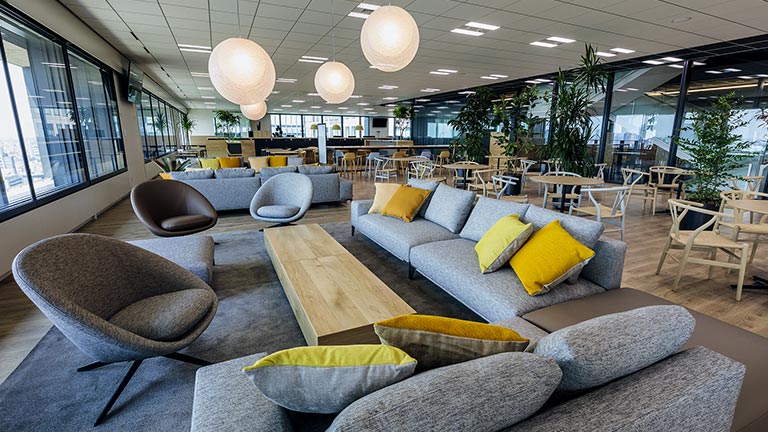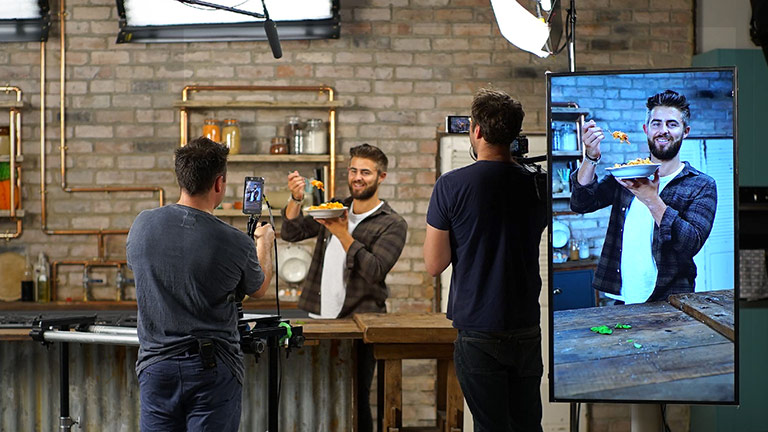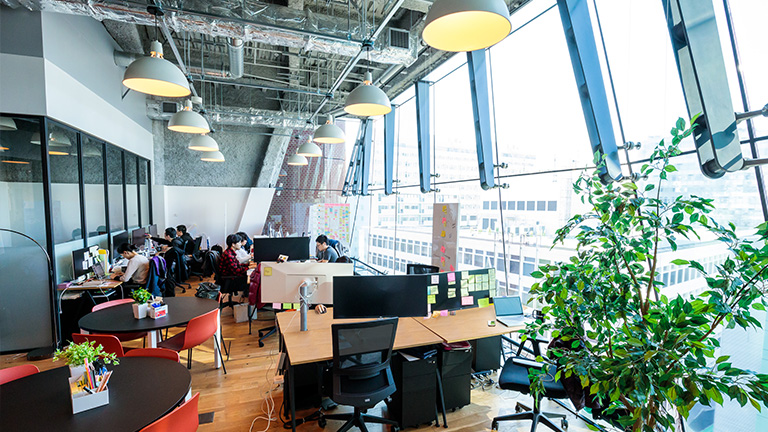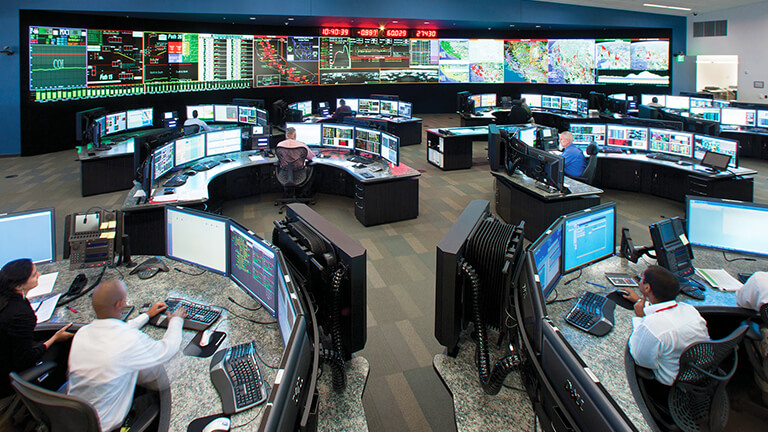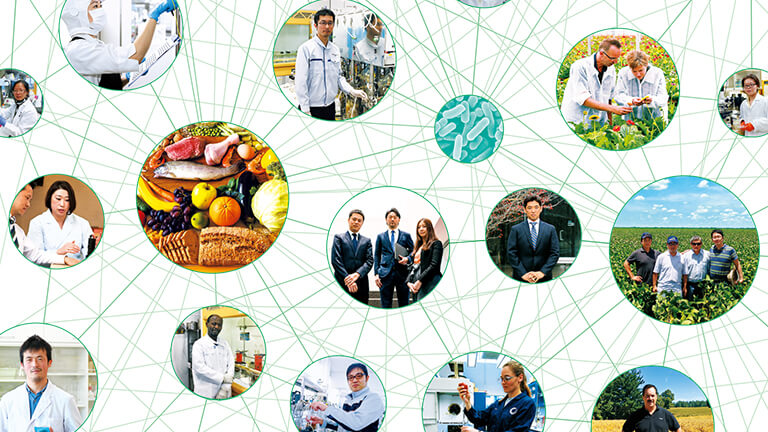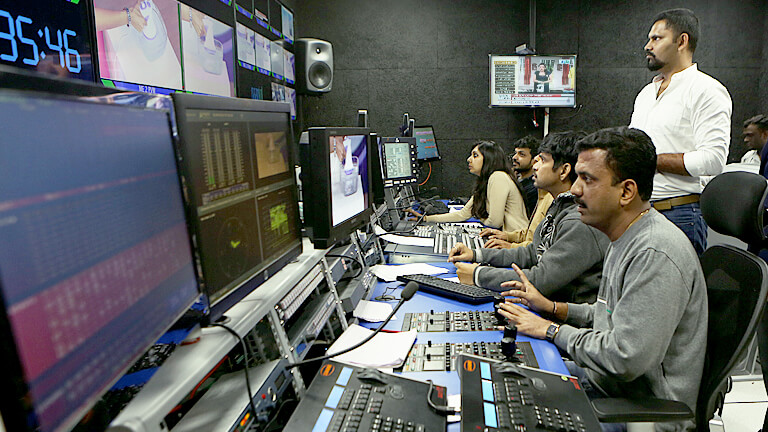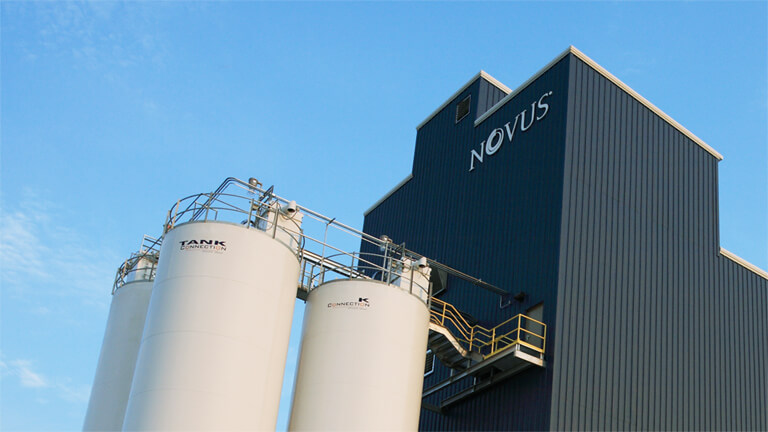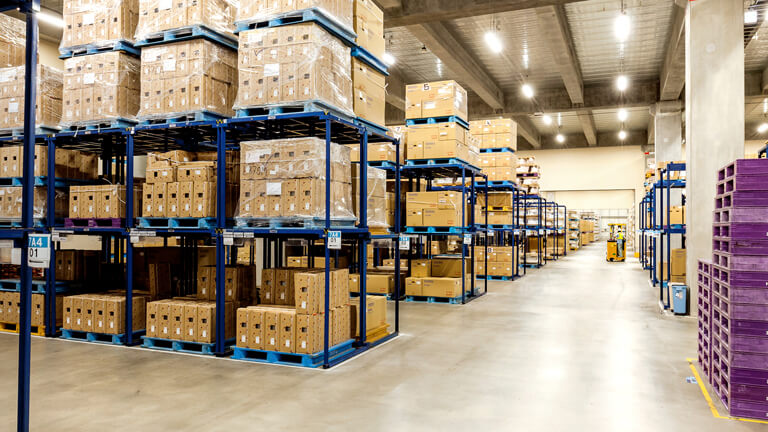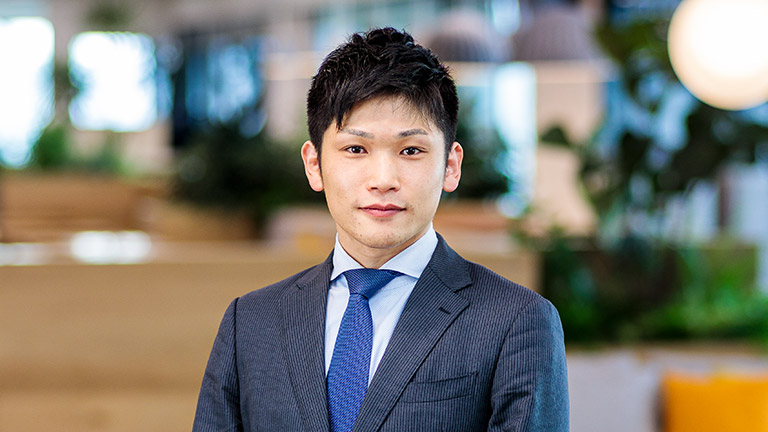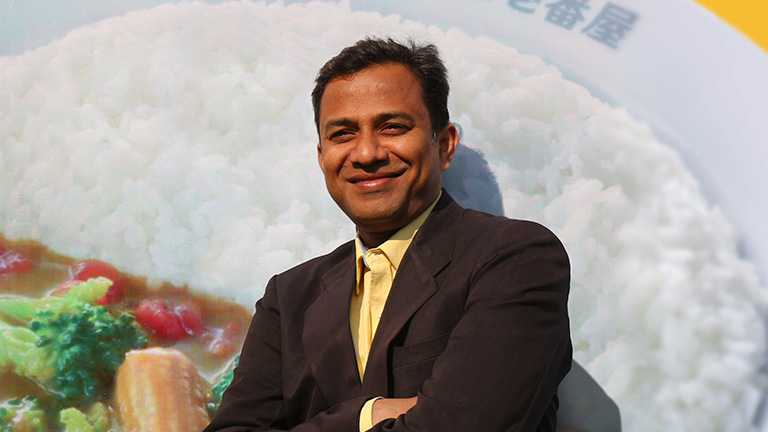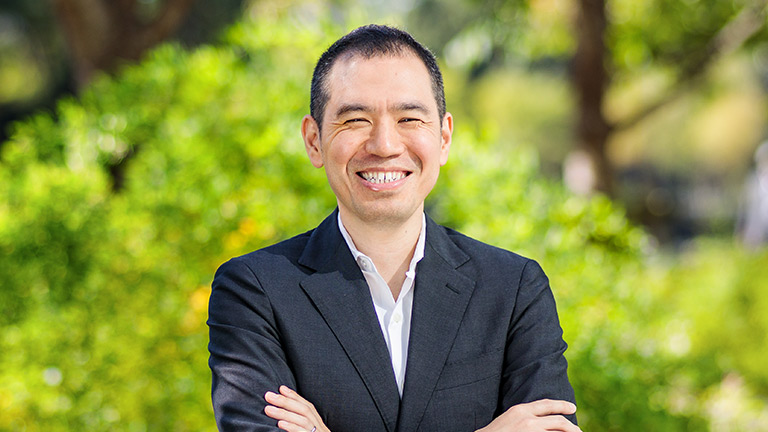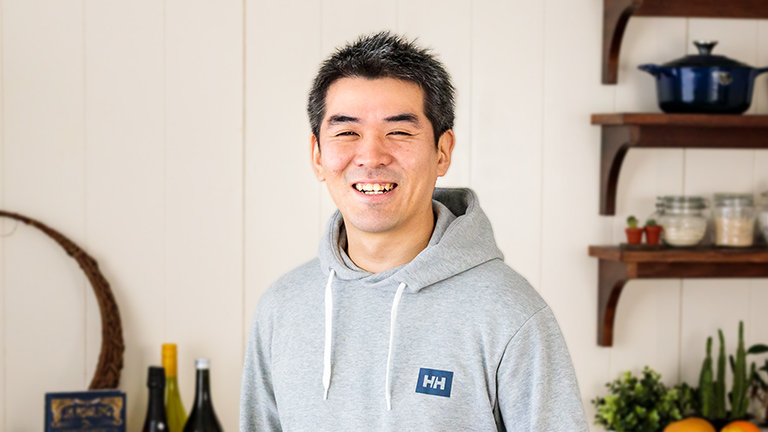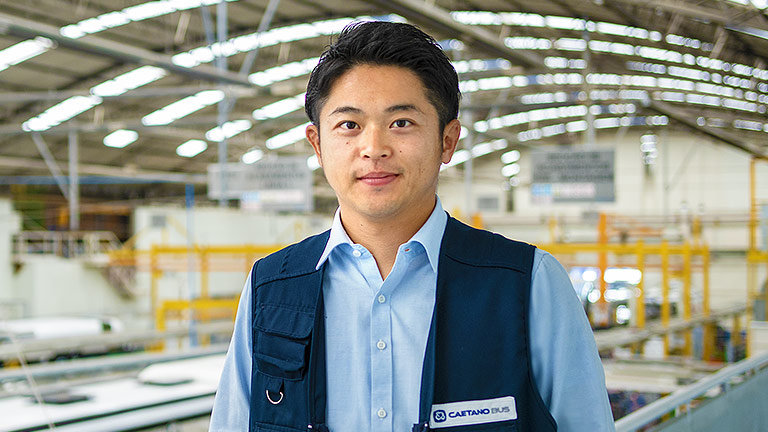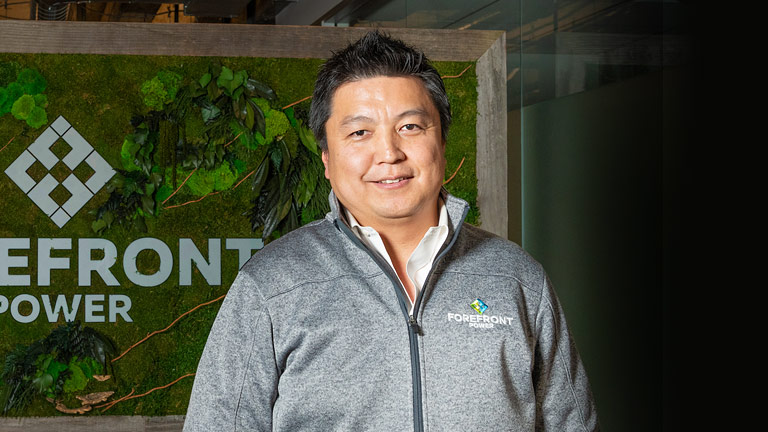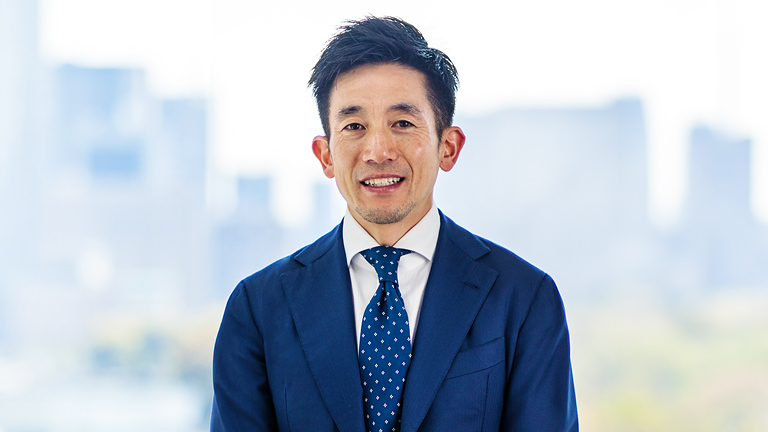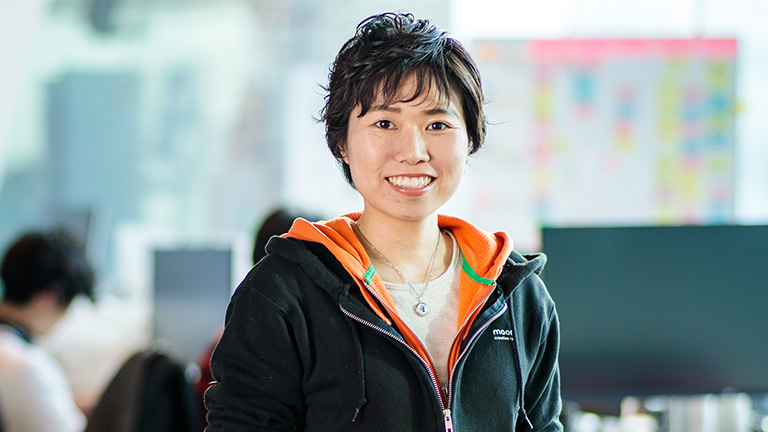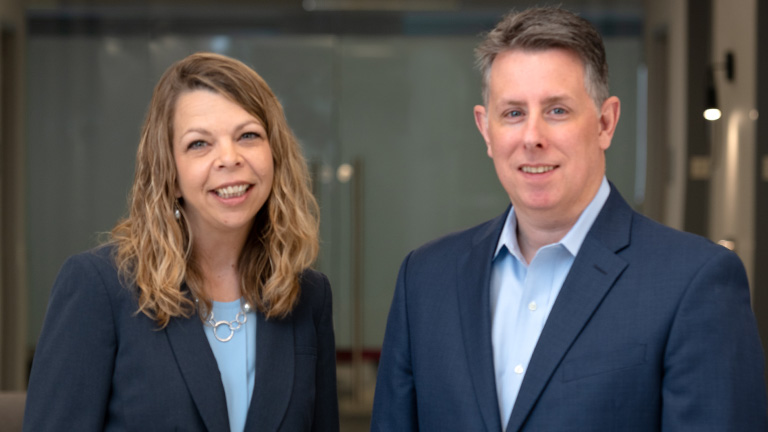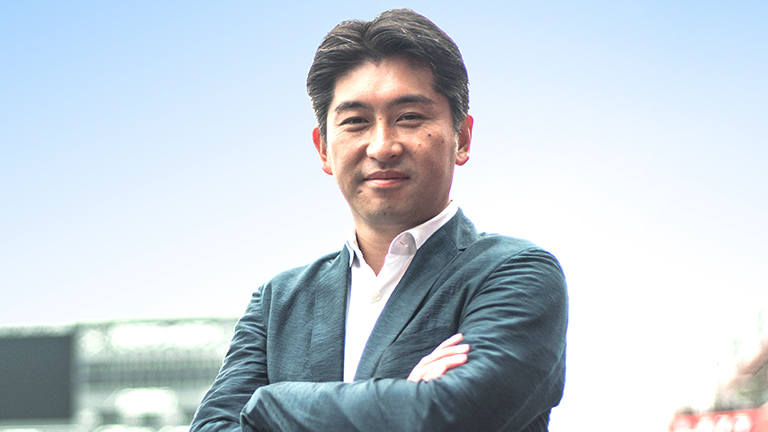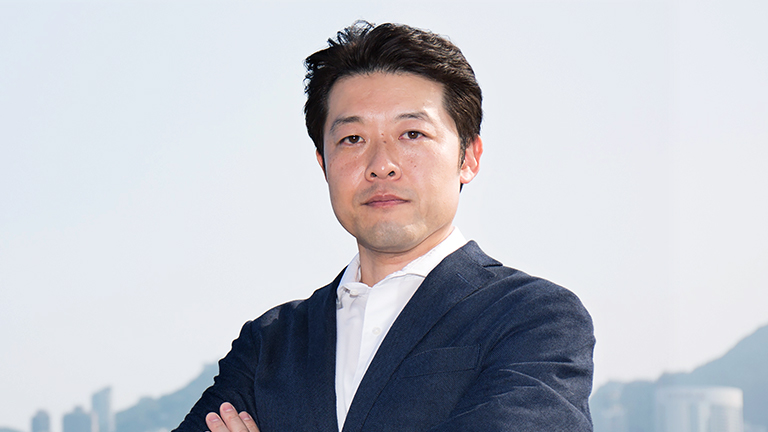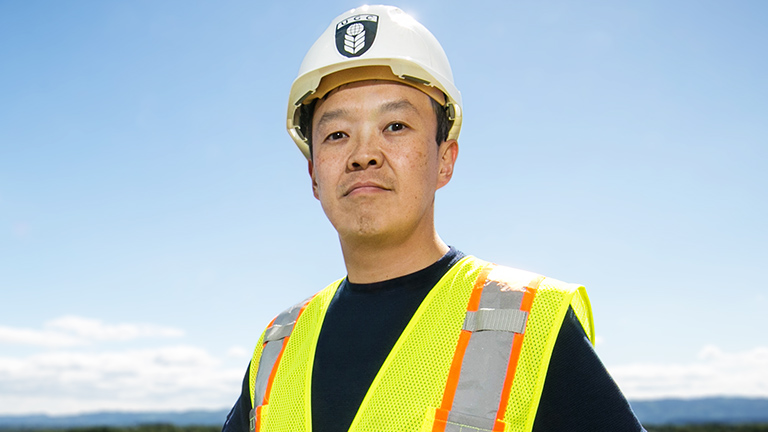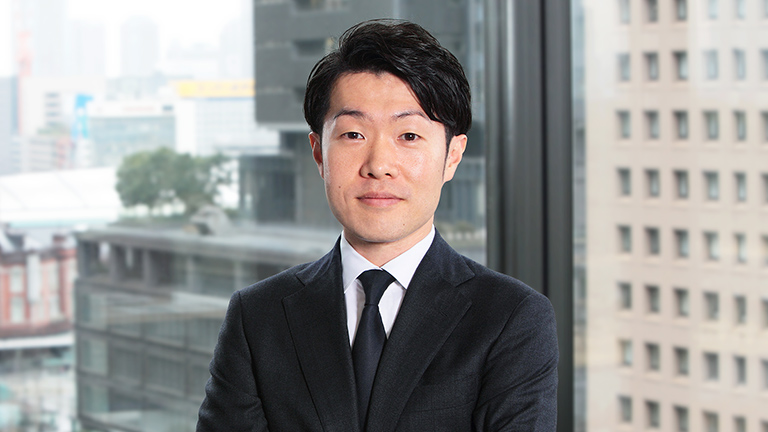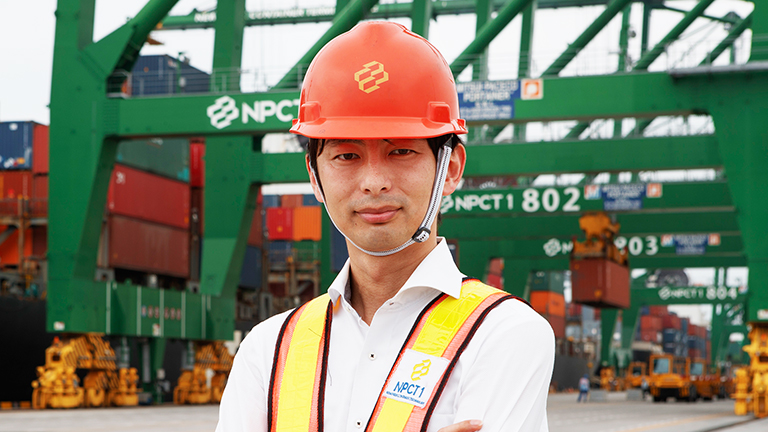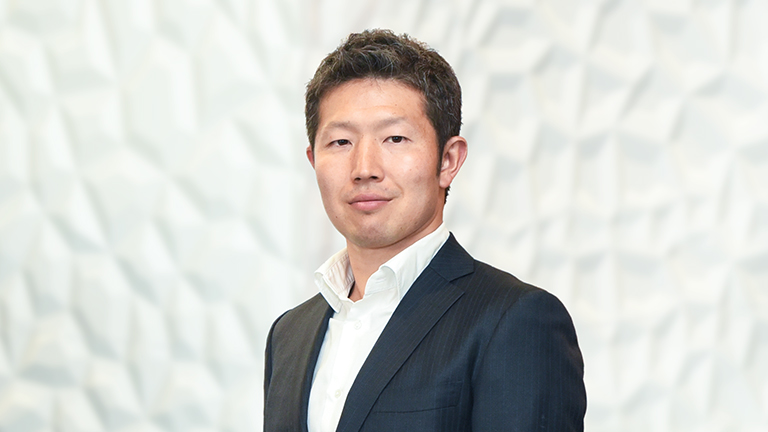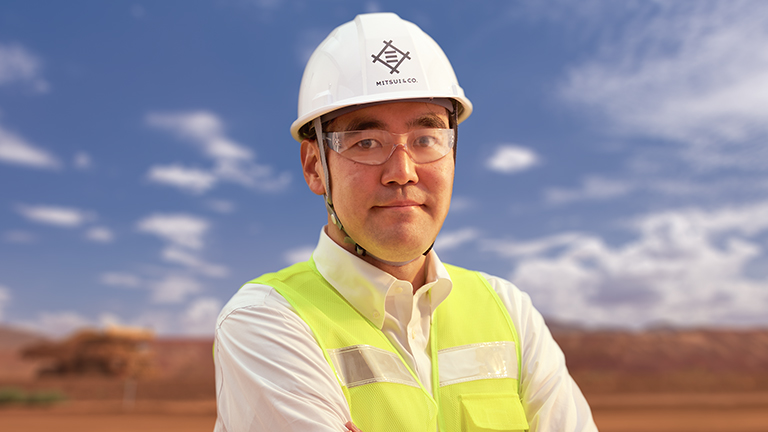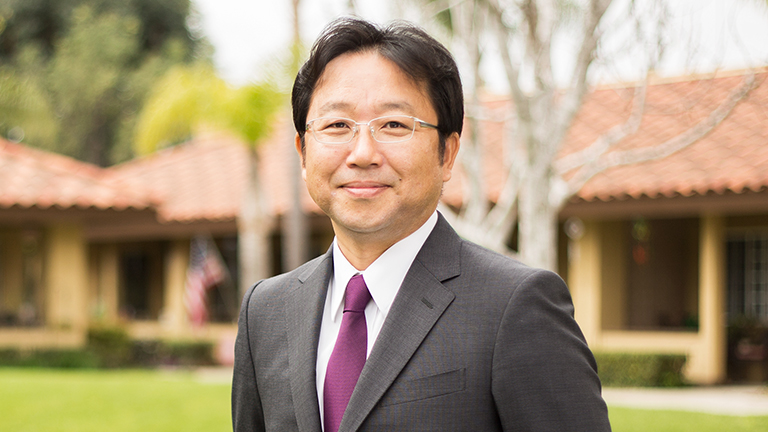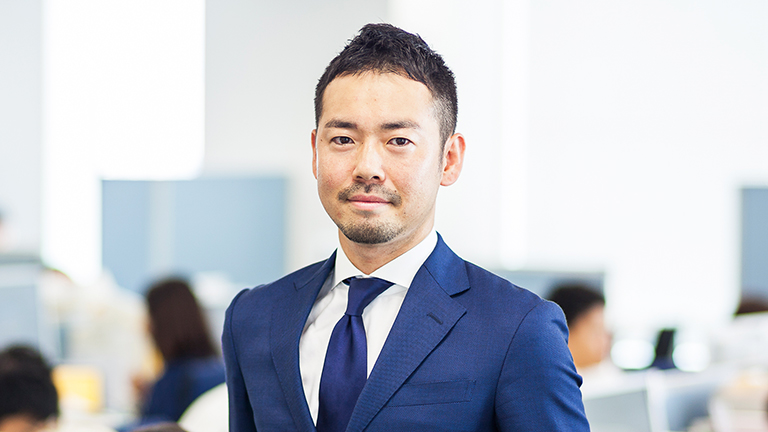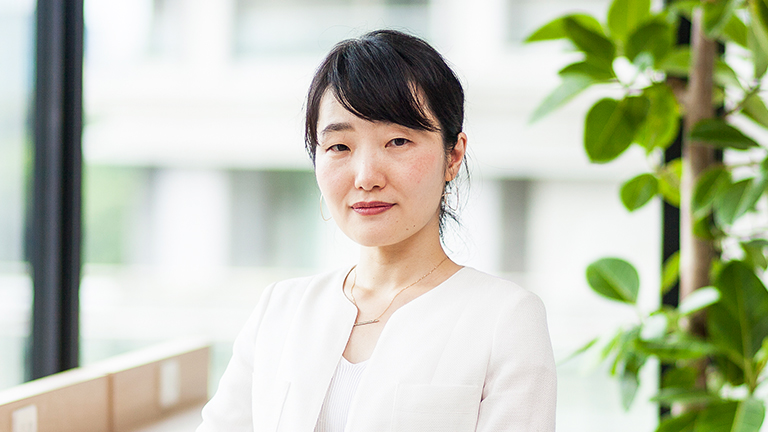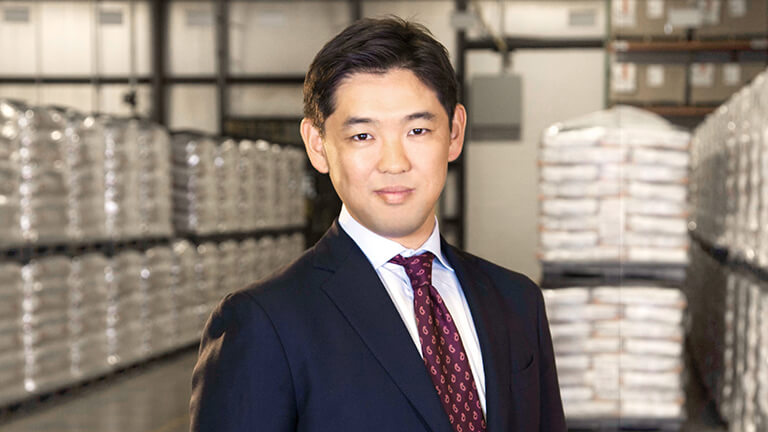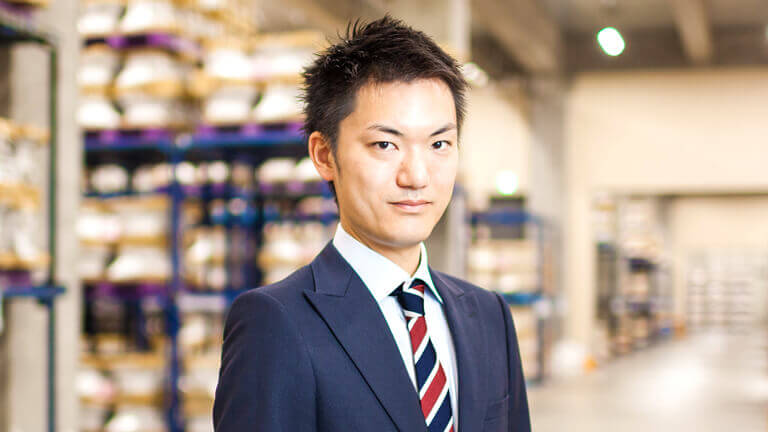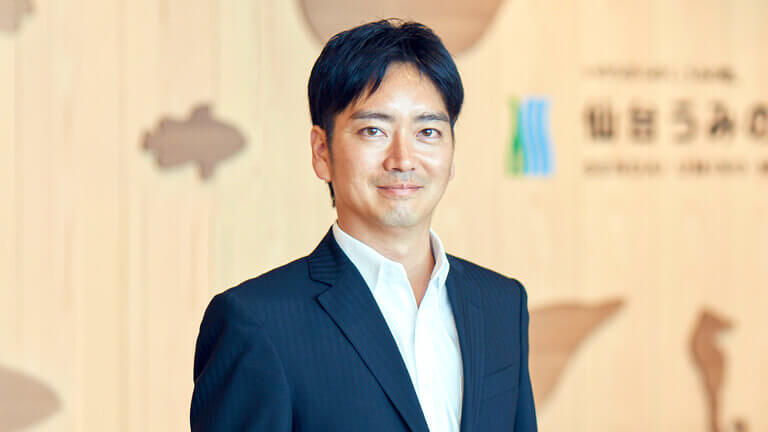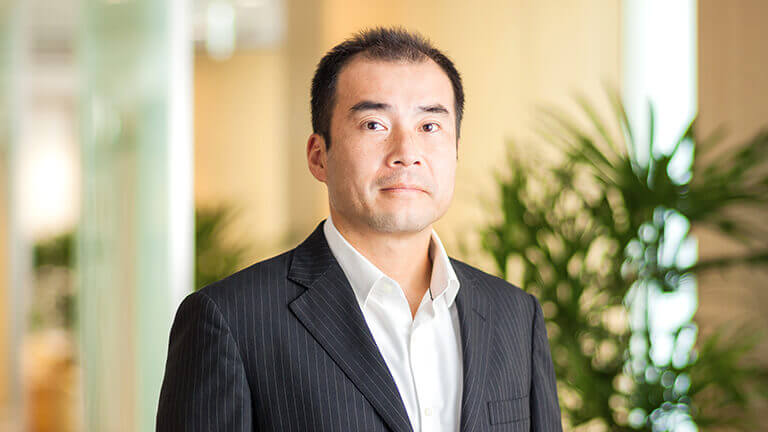
People
Jun Kawahara
MITSUI & CO.(U.S.A.), INC.
Silicon Valley Office
IT & Communication Business Div.
IT & Communication Business Dept.
Director
“I want to be the decision maker who gets to build up a business.” That was the mindset that prompted Jun Kawahara to join Mitsui mid-career. Kawahara is now playing a key role in the digital transformation of Mitsui and of industry at large.
Teaming up with a global leader
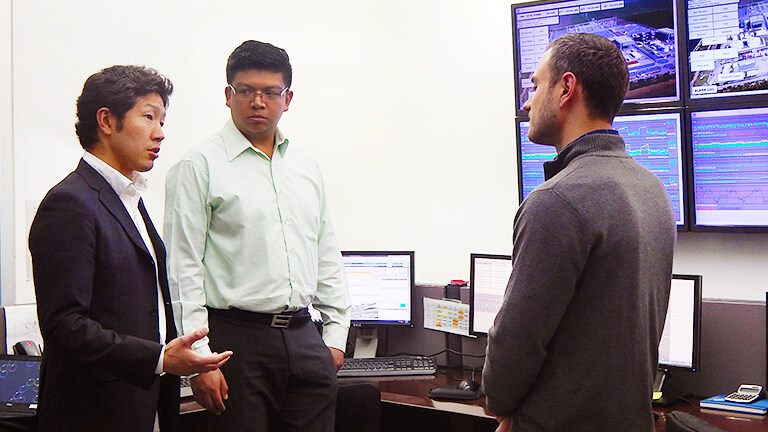
I’m currently working at the headquarters of OSIsoft in San Leandro, California. Our two firms have a strategic alliance. OSIsoft is the world’s leading maker of software for the industrial internet of things. More than four thousand companies worldwide—and that includes all the top firms in fields like metal and mining, oil and gas, and power generation—use their product. Their software collects and analyzes operational data to make businesses run better. It’s a product that the customers really love.
Being here in California means that I can talk to OSIsoft people every day and build a relationship of trust with them. I have two main roles: First, I’m absorbing know-how which I can apply to Mitsui’s own digital transformation. Second, I’m helping OSIsoft expand their sales in the Americas by promoting their software to our group companies and partners.
What does Mitsui bring to the table? Basically, a wide range of industrial facilities around the world plus direct access to top management. OSIsoft’s method of making sales tends to be bottom up: the standard “product journey” starts with a sale to a single facility and gradually spreads from there. Mitsui can introduce the product to key managers right off the bat and make sales at the enterprise level. The people at OSIsoft are quite excited about that.
I myself did something similar with the Canadian operations of a major Japanese auto manufacturer with whom Mitsui has a long-standing relationship. I made the initial approach and then took a representative from OSIsoft with me on my second visit. Now they’ve got a proof of concept under way in their Canadian factory. Auto assembly is a new business field for OSIsoft, so they’re looking forward to increasing their footprint there.
From outside consultant to in-house entrepreneur
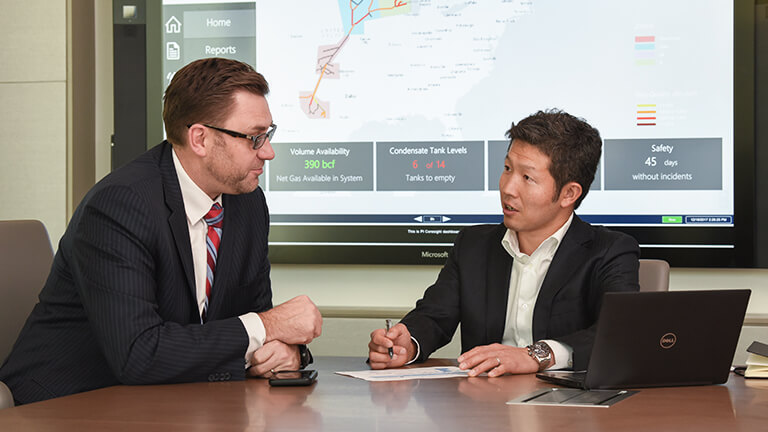
I was an IT consultant before joining Mitsui. My main focus was in customer relationship management for car companies. I advised them on how to leverage their data to make the sales process and aftersales service more appealing to customers.
I proposed ways to solve problems, but it was up to the client whether to implement them or not. My proposals were not always acted upon. Ultimately, I was just a supporting player, when what I really wanted was to be the person who took the decisions and built the business. That’s why I came to Mitsui. And I certainly feel that I’m achieving that goal.
Having joined Mitsui mid-career, I can look at the place with an outsider’s eyes. There’s this saying that “Mitsui is people,” and everyone who works here is very much an individual. The culture is not one of narrow specialization. It’s about giving plenty of scope to people’s interpersonal skills and human side.
What gives me a sense of achievement? OSIsoft’s customers come from a wide variety of industries each with their own structure and flow. When I pitch them, my job is to come up with a scenario—a story—to show how OSIsoft will improve their business. I have to come up with a different scenario for each customer. The moment when the scenario suddenly comes into focus and everything becomes clear—that’s the most satisfying thing for me.
I like to take a two-stage approach. At my first meeting with a potential customer, I’m there to listen and get a handle on their needs. By the second meeting, I’ve sorted through all the input they gave, meaning I can list their challenges and needs in order of priority and put forward possible solutions. This thoroughgoing approach goes down very well with customers here in the US, which is very gratifying.
Making Mitsui’s digital transformation a reality
Mitsui is trying to implement its own internal digital transformation and I very much want to be part of making that happen. We need to build a track record of tangible results, because that will give everyone a sense of what “digital transformation” actually means.
“Digital transformation” is a phrase can be misinterpreted. It’s simplistic to think that technology alone can transform business for the better. In the end, technology is just a tool. It’s people who have to use that tool to transform things. And as I said, Mitsui is very much a people company.
Showcasing examples of the way digital transformation can change existing businesses and create new business models should pique my colleagues’ interest and set off a positive feedback loop. I want to be the catalyst for that change.
Posted in February 2018


